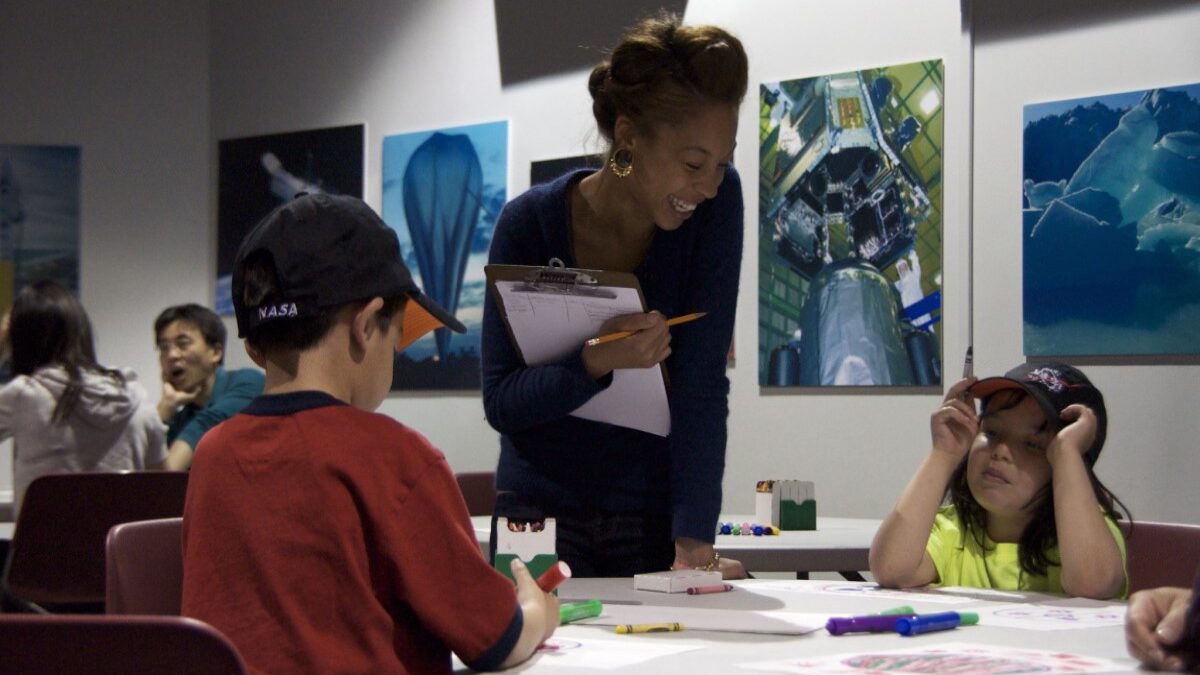
After a brutal year of remote learning and COVID-19 anxiety, some educators have chosen a fresh way forward for public education: competency-based education. In a recent profile for the Wall Street Journal, writer Yoree Koh discusses the decision of Corey Steiner, the superintendent of Northern Cass school district in North Dakota, to do away with grade levels, grades, and tests, and replace them with competencies, ratings, and demonstrations of mastery.
According to the article, “at least six states have passed or are considering legislation that would give districts and schools more flexibility to advance new learning models, including competency-based education.” One elementary school campus in Manchester, New Hampshire has also adopted competency-based learning—again, as a response to the learning gaps that emerge from the last school year.
So is competency-based education another education gimmick, or is it a welcome revolution to an educational system that has long since become obsolete? Sadly, in most cases it’s just another gimmick, one that will likely catch on in other school districts.
Advocates of competency-based education like to argue it’s more student-centered, engaging, and realistic. They claim that gauging a student’s growth by criteria like time spent in the classroom or her ability to follow directions is inaccurate and often unfair. Many also oppose the use of standardized assessments to judge students’ learning since those fail to account for the “whole student” and mainly reflect a student’s testing ability instead of his actual knowledge and skills in certain academic disciplines.
These are easy arguments to make, and often true—too many students spend their days at school without learning, their classes really are boring, and most standardized tests are largely superficial and asinine. However, this doesn’t necessarily mean moving to a competency-based system will improve those problems.
Rather than solving the problems in the current framework, it can simply sidestep them—which happens to be the real appeal of competency-based education. In most places it’s implemented, it actually does away with accountability altogether and ironically uses the metric of competency to avoid the work of making students competent.
No longer will administrators and teachers have to worry about falling short in making their students college- and career-ready. They will decide for themselves whether a student should advance into the next grade (or competency), and there won’t be any test or attendance requirement to keep them honest.
Consequently, far from being a revolution in learning, competency-based education espouses the same faulty views of other fashionable learning strategies like standards-based learning or project-based learning. Their promoters promise to relieve students of the challenges and tedium that accompany traditional instruction, and deliver a fun and relevant learning experience for each and every student.
Curiously, there is little evidence (almost all of it is anecdotal and correlative) that these new approaches work. That’s because, as any honest educator would attest, there is no magic strategy or system that allows for maximum learning with minimal effort.
Mastering reading, writing, and calculation all require time and effort, as does acquiring a general knowledge of the major sciences and social studies. The fun and joy that accompany these disciplines come less from the learning process and more from achieving proficiency. To quote Amy Chua’s classic essay on Chinese parenting, “nothing is fun until you’re good at it.”
As such, the time dedicated to lessons in a classroom (“seat-time”) matters. This truth is also what makes Malcolm Gladwell’s “Outliers” such a must-read for teachers and parents. His argument that practice makes perfect is rather obvious, but so often neglected. American education leaders continually try to create shortcuts that result in students who lag far behind students in other countries like South Korea or Singapore whose cultures embrace a strong work ethic.
Does this mean American schools need to lengthen the school year and day to improve instruction and have better results? Some have argued this, but, speaking as a teacher, I would suggest simply doing more with the time we have in class.
Today’s mainstream instructional methods are incredibly inefficient. Rather than directly teach content and skills and offer straightforward practice and assessment, teachers are encouraged to break up lessons and mix in opportunities for projects and discussion. A lesson that should take 30 minutes will easily stretch into two weeks of “mini-lessons” involving movie clips, group projects, various “checks for understanding,” and shoulder-partner discussions.
Although these additions are intended to make the learning more “student-centered” and engaging, they often achieve the opposite, with a teacher spending whole class periods giving directions and keeping students on task with a convoluted mess of activities. Moreover, students learn less and understandably feel less accomplished, which leads them to complain that school is boring and useless. It’s not the seat-time itself; it’s the way we use (or abuse) this seat-time.
Although typical competency-based education may seem to address this problem by letting students work at their own pace, it actually worsens the inefficiency. Students don’t seem to suffer consequences for not achieving whatever counts as mastery, nor do they seem be rewarded for mastering a competency more quickly.
They will put in their 12 years of school and then graduate, whether they learned something or not. A few highly motivated students may make the most of this and advance through more competencies, but most will likely flounder and learn even less than before—much like they did last year when learning was virtual and grades were mostly based on participation.
Nevertheless, the promise of easy and engaging learning will tempt countless school leaders into adopting this gimmick, as it has with countless others. Therefore, it’s up to parents and brave teachers to push back against like this like they have with incorporating critical race theory in K-12 classrooms. True, students aren’t being indoctrinated with competency-based learning, but they aren’t learning anything either. They’ve already wasted enough time this way. It’s time to start learning again.









